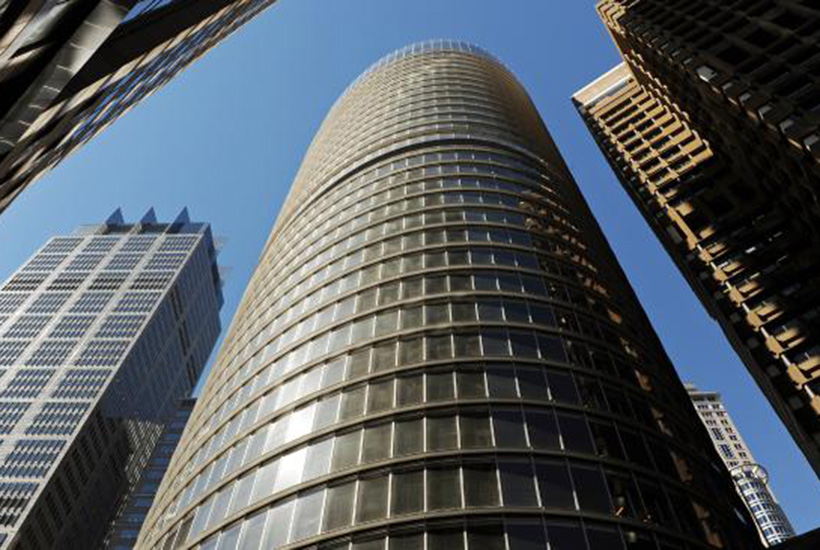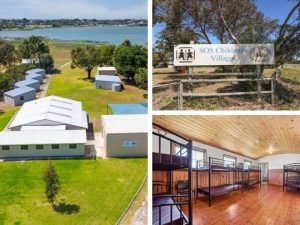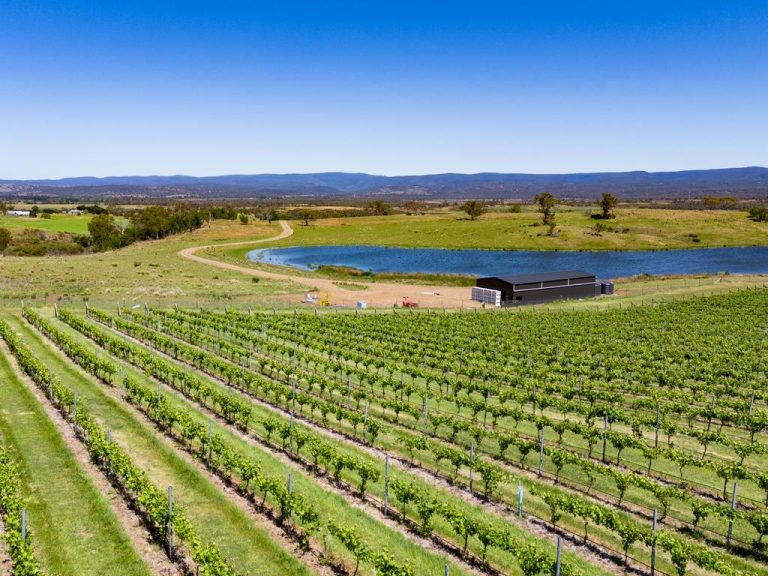Commercial and residential an important balance

As our cities grow, governments and planners like to provide facilities that make their cities good places to live and work. And we like to encourage workplaces close to where people live, both to reduce the transport task and to reduce travel times. Hence planning and zoning to provide sites for buildings and infrastructure to underwrite that growth.
Somehow, the priority appears to be on residential facilities. I’m not just talking about transport infrastructure and utilities for housing. We also need appropriate retail, health, education, entertainment and ancillary services infrastructure for people to live well.
But we want cities with good amenities for living and working, preferably not too far from each other. We have on many occasions in the past tried to encourage workplaces in outer areas where the population don’t have enough jobs — with limited success. Businesses and services want to be close to the city. And now, with increasing density as we build more high rise, we can house more people close to inner workplaces.
Commercial Insights: Subscribe to receive the latest news and updates
But often these two functions compete for suitable sites. And we need to be careful not to allow residential living uses to crowd out working city uses. In the long-term, a city can only grow successfully if it provides jobs. People go where the jobs are.
In the past, the focus has been on residential development uses, often at the expense of longer term working city land uses. Getting that balance right is essential.
Working cities need building infrastructure — facilities to provide jobs for the people who live there. A working city needs effective precincts to encourage the development of competitive clusters of activity in an increasingly globally competitive environment.
Planners used to call industrial property “employment land”. And now, strong demand for warehousing facilities, some in inner areas to service growth associated with a rise of internet shopping in the trend to fast delivery. But that doesn’t employ many people.
The real employment land, particularly in our services-based economy, is office space. Office buildings contain a high density of workers. And we need that office space to underwrite development. Office workers can only work where the office buildings are. From the point of view of an individual location, we need office buildings to situate office employment in that location. And for a city, the network of office locations needs to allow the city to compete in terms of efficiency, effectiveness and price.
Office precincts
Sydney and Melbourne, the two cities part way through an office development phase, are head office cities requiring substantial business and administrative services. The relative availability of office sites in Melbourne over the last 25 years allowed Melbourne to steal a march on Sydney and, with lower rents, has a competitive cost advantage in the provision of back-office functions for large companies. When those companies looked to expanding back-office functions, they have tended to go to Melbourne. Hence the relative strength of office demand in Melbourne.
The demand for office space is driven by office employment. Offices tend to flock together in precincts that underwrite a critical mass of services. Underlying demand increases gradually over time, albeit unevenly, with the strength of the economy. But office building has long lead times and tends to be highly cyclical in Australia: it need not be so, but it is.
The key to the development of office precincts is the availability of sites. Longer term, office development is constrained by the availability of potential sites.
Sydney is the classic example where it’s difficult to consolidate sites in the CBD without tearing down substantial value. That adds to site costs and therefore to rents and property prices. In the first phases of an upswing in development, we tend to use the best available sites, absorbing the good CBD sites quickly. And then demand and development overflows into the suburban centres. That happened in the 1980s boom with the first phase of development in the CBD overflowing to the suburban centres and, by the time we had consolidated further sites in the CBD, the boom was over, leaving empty sites in the CBD.
That’s happening again this cycle. The first phase of buildings was in the CBD (including Barangaroo) and development has now shifted to suburban centres. The initial rise in rents was in the CBD, but the suburban centres are now catching up, boosting the feasibility of office development in the major centres. Given the tightness of leasing markets, we’ll end up building too much.
Meanwhile, potential office sites are attractive for residential high-rise development. And many have been lost to residential. Sydney is the worst in terms of site constraints. Melbourne has more sites but, post the development of Docklands, it’s hard to see where the next major precinct will be. And there, too, potential office sites have gone to residential. Brisbane, Perth and Adelaide have less constraints on sites and are in a weak stage of the cycle. There, too, many potential office sites have gone to residential development.
Jobs for the future
The point is that if we want office jobs into the future, we need to set aside sites for office buildings and resist the pressure from vested interests to use those sites for residential. And if a city is to continue to grow, we need to provide sites for office development on an ongoing basis. Planning is a long game, not a short game. The planning function falls under different levels of government and has to survive enormous short-term pressures from developers as well as changing political priorities and regimes. The problem is that residential development competes for sites. The office and residential cycles are out of sync. And, in most parts of those cycles, sites are worth more for residential than for offices. Indeed, for long periods it’s not feasible to build office space. That makes it compelling for owners and developers to want to build residential high rise.
Before the latest office development phase in Sydney and Melbourne, we lost many potential sites to residential development.
That pressure subsided somewhat with the downturn in residential development and the upswing in commercial. Indeed, some developers are now switching sites from residential to office. But that won’t last long. Certainly, this strong part of the development cycle has further to run. But five years from now, the logic will have switched again.
We have to think longer term through several cycles. We’ll need to build more office space later on, preferably in good office precincts. And in the interim, we will need to resist another enormous round of pressure from residential developers. Otherwise, we’ll again lose potential office sites to residential.
Frank Gelber is an economist







